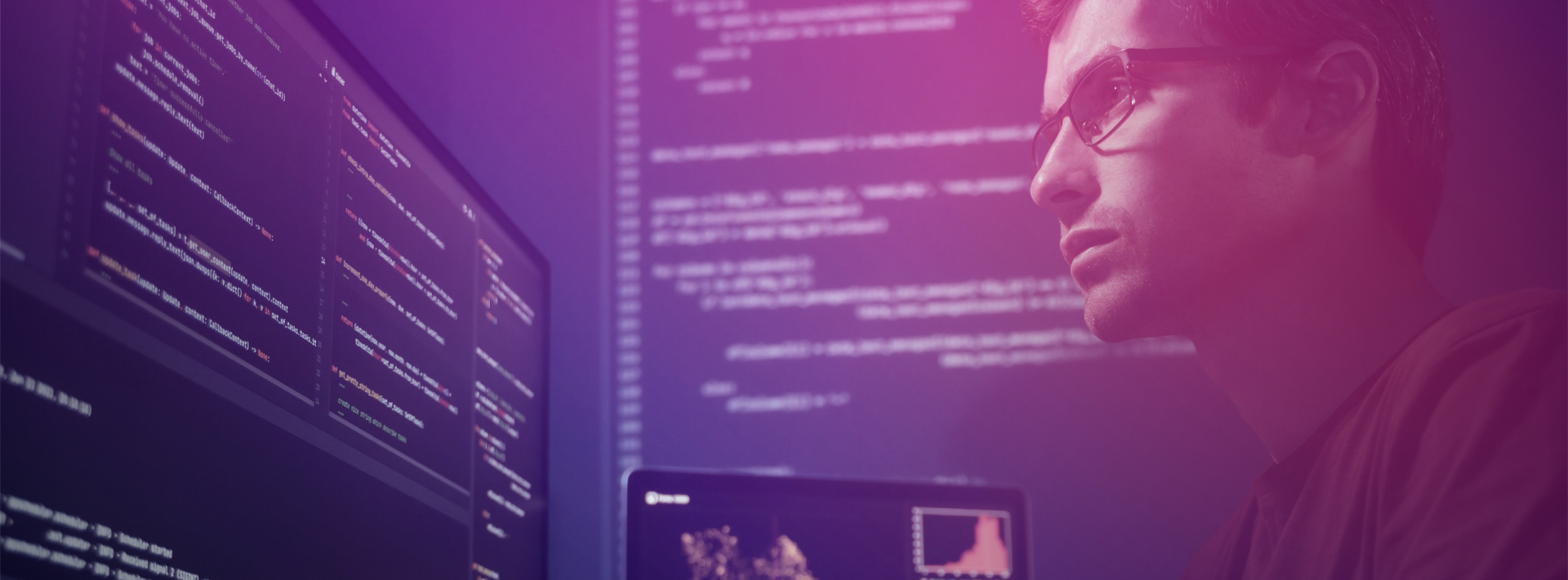How generative AI, cloud-native services, and intelligent orchestration are redefining the developer role and what it means for modern engineering teams
In the early days of computing, programmers were indispensable because they were the only ones who could speak the language of machines. From punch cards to assembly language, software development was hands-on and highly specialized. Even as languages evolved, from COBOL and C to Java and C#, one thing stayed constant: developers wrote every line themselves.
But that’s no longer true. And it hasn’t been for a while.
Today, enterprise developers have access to an entirely new class of tools: generative AI, intelligent agents, and secure, cloud-native building blocks that reduce the need to write, or even see, large amounts of code. This shift isn’t superficial. It’s redefining the nature of software development itself.
A recent Cornell University study reports that AI now generates at least 30% of Python code in major repositories in the U.S. And in enterprise environments at Google and Microsoft, 30–40% of new code is reported as AI-generated. That’s not a tweak in tooling. That’s a turning point in how software gets built.
From Code to Composition
For decades, the dominant paradigm in programming was one of writing: the developer’s job was to build logic from scratch, test it for accuracy, and ensure it could scale. As complexity grew, so did the stack of tools, including IDEs, frameworks, QA platforms, and versioning systems to support that work.
But in the last few years, the developer toolbox has changed dramatically. Tools like GitHub Copilot, Claude Code, and Cursor now generate reliable code in real time. Entire modules can be scaffolded with a few prompts. Meanwhile, cloud platforms like AWS offer modular services that handle everything from authentication to observability out of the box.
The result? Developers are shifting from authors to orchestrators. The value isn’t in how much code they can write; it’s in how well they can assemble, adapt, and govern systems that are increasingly AI-enabled, cloud-native, and composable.
Productivity and Quality are Improving, but are We Building the Right Thing?
AI-assisted development produces measurable gains. Code is being written faster. Boilerplate is disappearing. Bugs are easier to catch early. Even tests can be autogenerated. And yet, one challenge persists: verifying that the right thing is being built.
It’s relatively straightforward to measure productivity (lines of code, lead time) and quality (bug rates, test coverage). But ensuring correct functionality, such as matching what’s shipped to product requirements, user stories, and EPICs, is harder than ever. Code generation tools accelerate output, but they don’t always ensure alignment with intent.
That’s why the developer’s role is expanding. Understanding product vision, aligning technical architecture with business goals, and managing evolving requirements are becoming just as critical as technical skill.
What Should Engineering Leaders Expect from Modern Developers?
The pace of innovation in AI development tools is relentless. What a developer learns today may be outdated in a few months. This puts enormous pressure on engineering leaders to balance experimentation with sustainability.
The safest path forward? Anchor learning and experimentation within robust cloud ecosystems. AWS, for instance, offers stable development trajectories, strong security guardrails, and continuous improvements that minimize disruption. The goal isn’t to chase every new tool; it’s to build foundational fluency and adapt deliberately.
To succeed in this new environment, developers must think differently:
- Less about how to write a function, more about which system can best provide it
- Less about syntax, more about semantics
- Less about build velocity, more about outcome orchestration
Code Isn’t Dead, but It’s Being Delegated
Let’s be clear: programming isn’t going away. But its role is evolving. The most impactful developers won’t be those who write the most lines of code, they’ll be the ones who know how to compose, configure, and coordinate intelligent systems with speed and confidence.
They’ll use prompts, ontologies, and models as naturally as they once used loops and conditionals. They’ll know when to generate, when to review, and when to intervene. And they’ll be deeply embedded in outcome-oriented thinking.
What Should Engineering Leaders Do Next?
As the role of the programmer changes, so too must the systems that support them. This means:
- Reexamining how engineering productivity is measured
- Investing in training and team design that prioritizes orchestration, not just execution
The ground is shifting. But for organizations willing to embrace this change, the opportunity is enormous: faster iteration, stronger alignment, and more resilient systems—built by developers who think in outcomes, not just code.
Robots & Pencils: Redefining the Role, Rebuilding the Foundation
At Robots & Pencils, we’ve spent over a decade helping organizations adapt to shifts in software architecture and engineering practice. As developers move from coding line-by-line to orchestrating intelligent, cloud-native systems, our role is to help them and their leaders make that leap with confidence.
We design secure, cloud-native environments that empower developers to compose, not just code. With Anthropic as our preferred LLM and a track record of building modular, scalable solutions, we give teams the foundation they need to experiment responsibly, build faster, and deliver more value without compromising on security or quality.
For teams rethinking what it means to “write software,” we bring the expertise, architecture, and systems design to make the next role of the developer a strength, not a risk.



